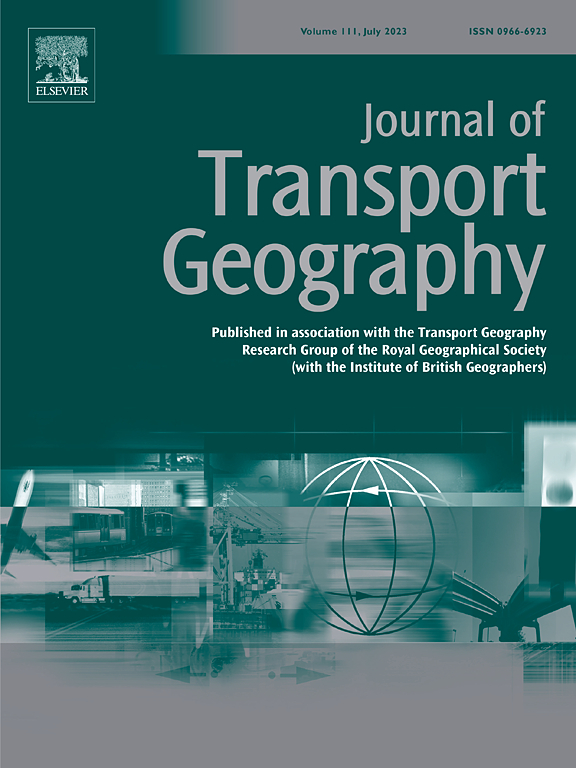Resilient or fragile? Modelling economic disruptions in India's electronics sector due to the Red Sea crisis
IF 6.3
2区 工程技术
Q1 ECONOMICS
引用次数: 0
Abstract
The Red Sea crisis and the recent attacks on commercial ships have drawn significant attention worldwide, underscoring the need to understand how such geopolitical conflicts can disrupt global supply chains and economic stability. This paper thoroughly examines the complex impacts of the crisis on India's electronics and photonics sector, recognizing the sector's crucial importance as a fundamental pillar in the country's economic structure. The study creates a mathematical model to assess how disruptions in the Electronics and Photonics Sector affect India's economy in light of the Red Sea Crisis. The model uses two specific methods: interval programming and input-output modelling. How disruption in one area of the economy ripples to another is studied using Wassily Leontief's Inoperability Input-output Model (IIM). IIM now includes interval programming to handle data uncertainties. The findings disclose that, because of the Red Sea crisis, Indian Sector has experienced a huge economic loss of 605.52 million USD. The study also determines which sectors are anticipated to suffer significant losses due to the crisis, allowing decision-makers to prioritize their investment plans. Further, the research uses the inoperability value to analyse the interconnections between the sectors. Additionally, a decision-support conclusion is included in the research to analyse the sectors under various situations.
坚韧还是脆弱?模拟红海危机对印度电子行业造成的经济中断
红海危机和最近对商船的袭击引起了全世界的极大关注,突显出有必要了解这种地缘政治冲突如何破坏全球供应链和经济稳定。本文深入研究了危机对印度电子和光电子行业的复杂影响,认识到该行业作为国家经济结构基本支柱的重要性。该研究创建了一个数学模型,以评估在红海危机的背景下,电子和光子学行业的中断对印度经济的影响。该模型采用区间规划和输入-输出建模两种具体方法。利用瓦西里·莱昂惕夫的不可操作性投入产出模型(IIM)研究了一个经济领域的破坏如何波及到另一个领域。IIM现在包括区间编程来处理数据的不确定性。调查结果显示,由于红海危机,印度部门遭受了6.0552亿美元的巨大经济损失。该研究还确定了哪些行业预计将因危机而遭受重大损失,从而使决策者能够优先考虑他们的投资计划。进一步,本研究利用不可操作性值来分析部门间的相互联系。此外,在研究中还包括决策支持结论,以分析不同情况下的部门。
本文章由计算机程序翻译,如有差异,请以英文原文为准。
求助全文
约1分钟内获得全文
求助全文
来源期刊

Journal of Transport Geography
Multiple-
CiteScore
11.50
自引率
11.50%
发文量
197
期刊介绍:
A major resurgence has occurred in transport geography in the wake of political and policy changes, huge transport infrastructure projects and responses to urban traffic congestion. The Journal of Transport Geography provides a central focus for developments in this rapidly expanding sub-discipline.
 求助内容:
求助内容: 应助结果提醒方式:
应助结果提醒方式:


